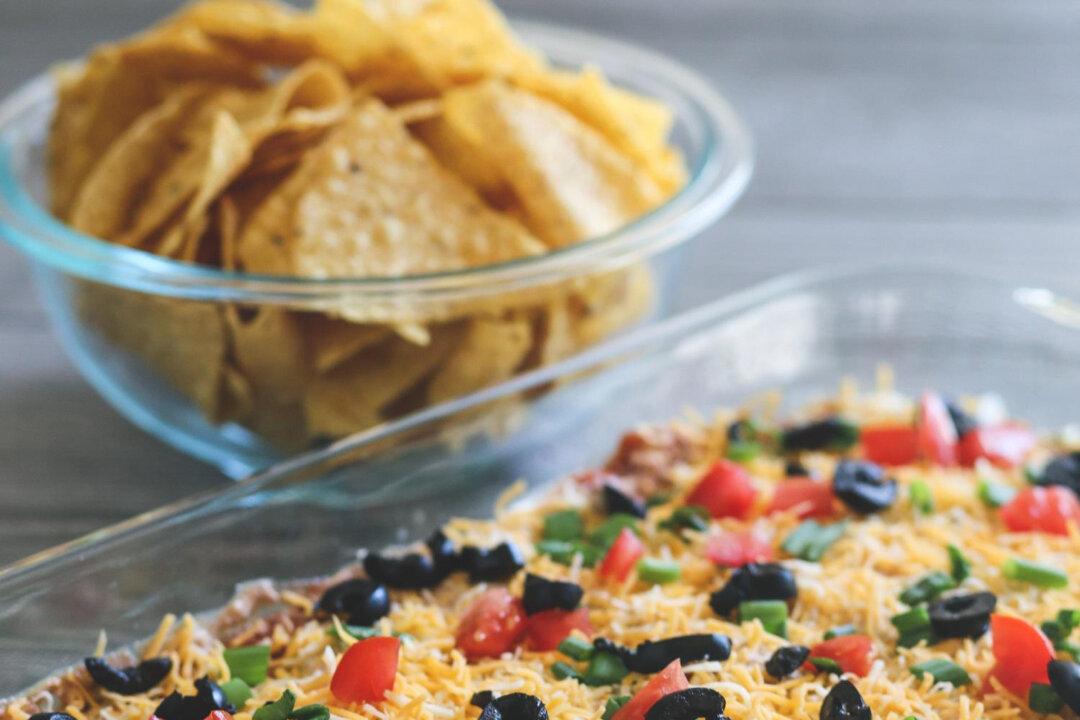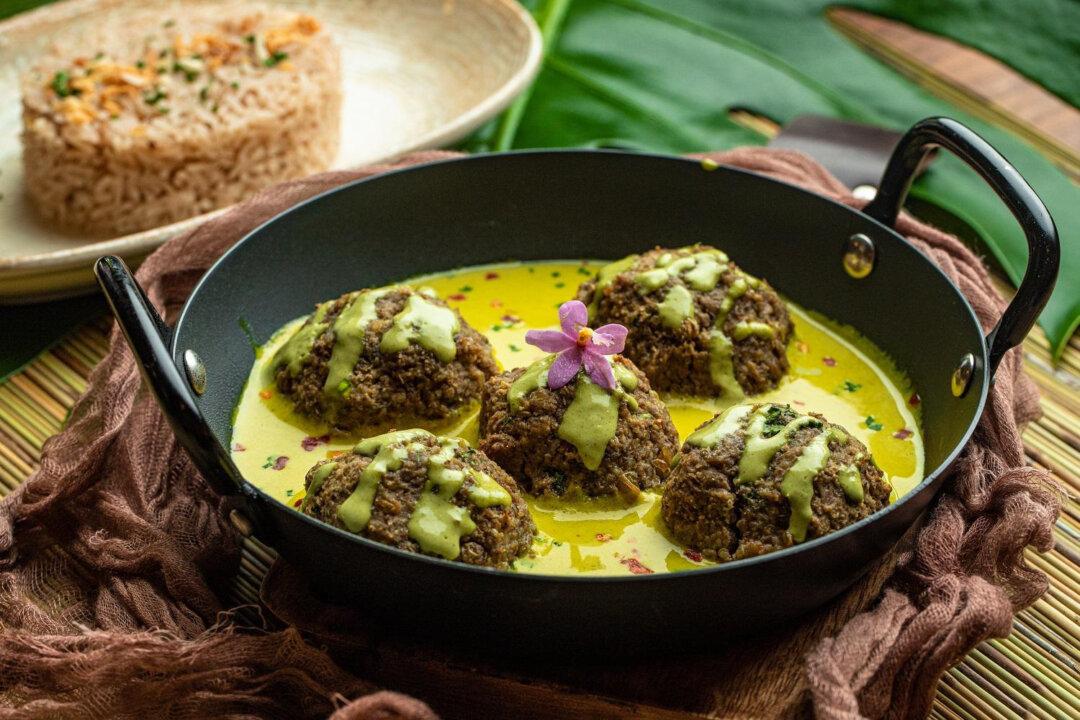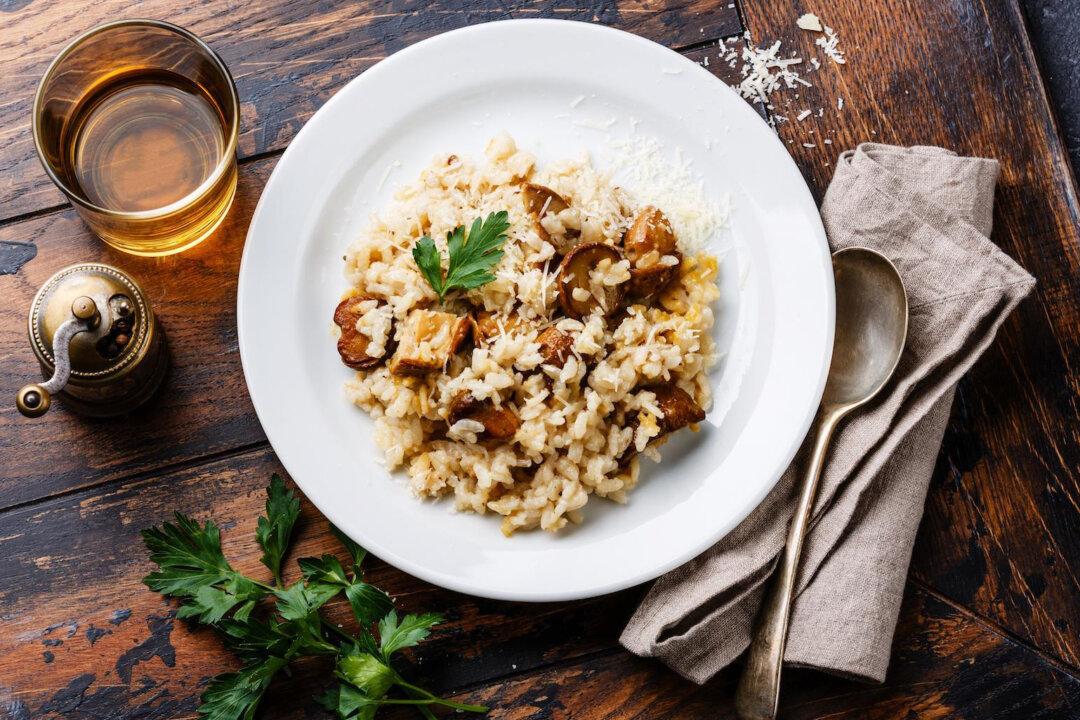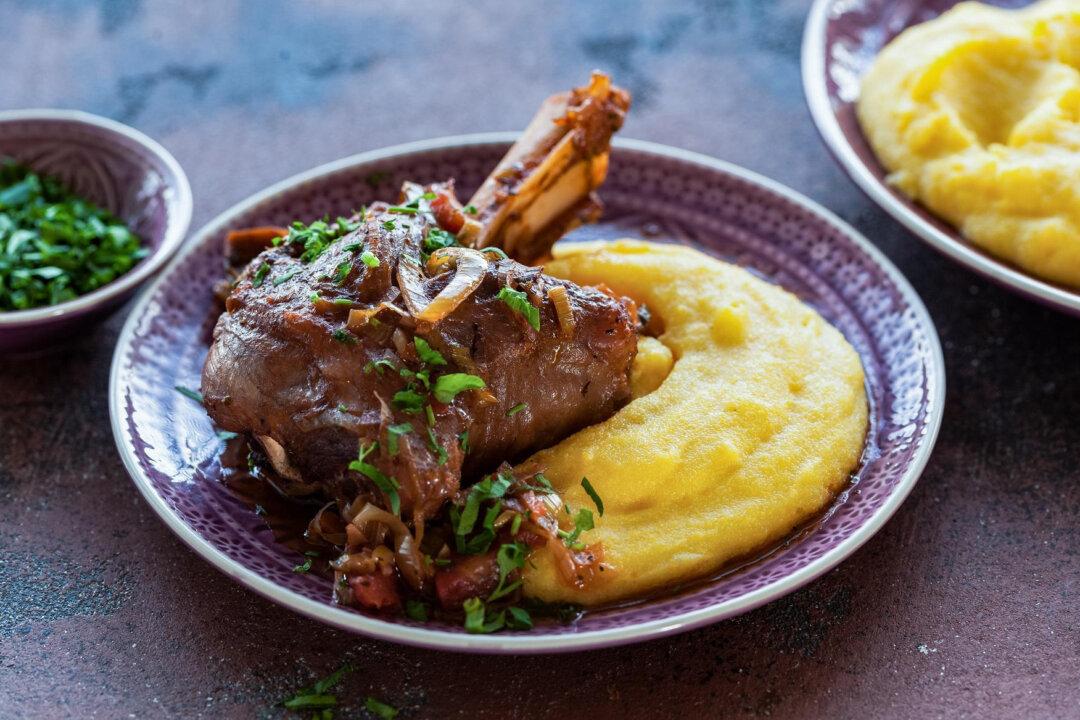Just about every single item that’s sold at the supermarket has some usefulness. Even the most obscure processed meat, bizarre seasoning blend or suspicious-looking canned seafood, has someone, somewhere, who considers it an essential component of their diet and refuses to live without it; even the most mysterious cooking aids, like Kitchen Bouquet, have their uses, and there are cooks who consider them to be indispensable. But there’s one item lurking in your supermarket that you should really never cook with if you want to up your cooking game: cooking wine.
Cooking wine — that is, low-grade wine that’s been mixed with salt and preservatives including potassium metabisulfate and potassium sorbate — has zero use in a kitchen. We’re not talking about Chinese cooking wines like Shaoxing rice wine, which are brewed especially for cooking and are crucial to capturing authentic Chinese flavor. We’re talking about the cheap, bottled “cooking wine” from brands like Roland, Goya and Holland House and labeled “Not for sale or use as a beverage.” If you regularly use cooking wine, we suggest you stop immediately and instead cook with real, drinkable wine.
Wine is an essential ingredient that forms the backbone of many legendary dishes, like beef Bourguignon, risotto and spaghetti Bolognese. Wine adds depth and complexity to just about any dish it touches, and the alcohols in it can bring out nuances that would otherwise stay muted. But if you’re using cooking wine instead of the real thing, you’re not taking advantage of wine’s full flavor potential.There are several reasons why you should be cooking with real wine instead of cooking wine.
First, if you’ve ever tasted cooking wine on its own, you already know that it’s completely unpalatable; not only is it incredibly salty, it’s made with the lowest-quality wine available. If something tastes gross on its own, it has no place in your dinner.
Second, while cooking wine is certainly inexpensive, a bottle of real wine can be bought pretty cheaply as well, and even the cheapest bottle of wine is of a higher quality than cooking wine.
Third, the fact that there’s a ton of salt added to cooking wine leaves you less room to control the sodium content of your dish. For the same reason recipes make clear to cook with unsalted butter, using pre-salted ingredients can result in an overly salty finished product.
And fourth, if your recipe calls for less than a full bottle, you’ll have wine left over for drinking!
We know that there are more than just red and white cooking wines out there; there’s cooking Madeira, Marsala and sherry as well, and you may be tempted to just pick up a bottle for use in your next batch of chicken Marsala at the supermarket. But resist the urge; as with all other uses for wine in cooking, investing $15 in the real thing will increase the quality of the finished dish tenfold, and who knows, you may develop a taste for a postprandial glass of Madeira in the process (and even if you don’t, opened bottles of fortified wine stay good for months).
Old habits die hard, and if your family has been using cooking wine for generations, we understand that this may be tough to take. But trust us: If your end goal is to cook the best meal possible, wine — real wine — is an essential ingredient. Using a substitution like cooking wine is just one of many bad cooking habits that too many people fall victim to.
By Dan Myers




